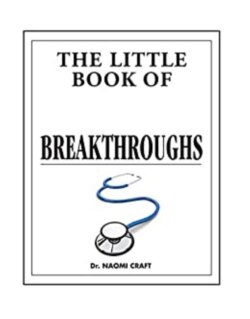Читать книгу The Little Book of Medical Breakthroughs - Dr. Naomi Craft - Страница 12
На сайте Литреса книга снята с продажи.
1579 Italy Valves in Veins Hieronymus Fabricius ab Aquapendente (1537–1619)
ОглавлениеWhen Fabricius discovered that veins had valves, his work provided the basis upon which his student William Harvey later described the circulation of the blood – often quoted as one of the most influential discoveries in medical history.
When Fabricius was alive, it was widely accepted that the body had blood in the veins and that there was a completely separate supply of blood in the arteries. This idea was based on the theories of Claudius Galen (129–216 AD), a 2nd-century physician who believed that the arteries were the source of vitality and the veins carried the source of nourishment and growth. In his view, blood was made in the liver and attracted to the different organs when the organs needed nourishment.
Fabricius was an anatomist and embryologist working in Padua, Italy. He studied arteries and veins and made a thorough description of the valves in the veins, published in De venarum ostiolis in 1603, after demonstrating his theory in 1597 to his colleagues. He observed that there were only valves in the veins, and not in the arteries, except in the two large arteries at their origin from the heart. He believed (correctly) that their role was to stop the blood from pooling in the extremities, which would prevent central and upper parts from getting blood.
He had an international reputation, which attracted the English anatomist William Harvey (1578–1657) as his pupil between 1600–1602. Fabricius’ work on the veins is significant because it was a building block in Harvey’s subsequent theory of the circulation in 1628, which completely overtook Galenic theory.
